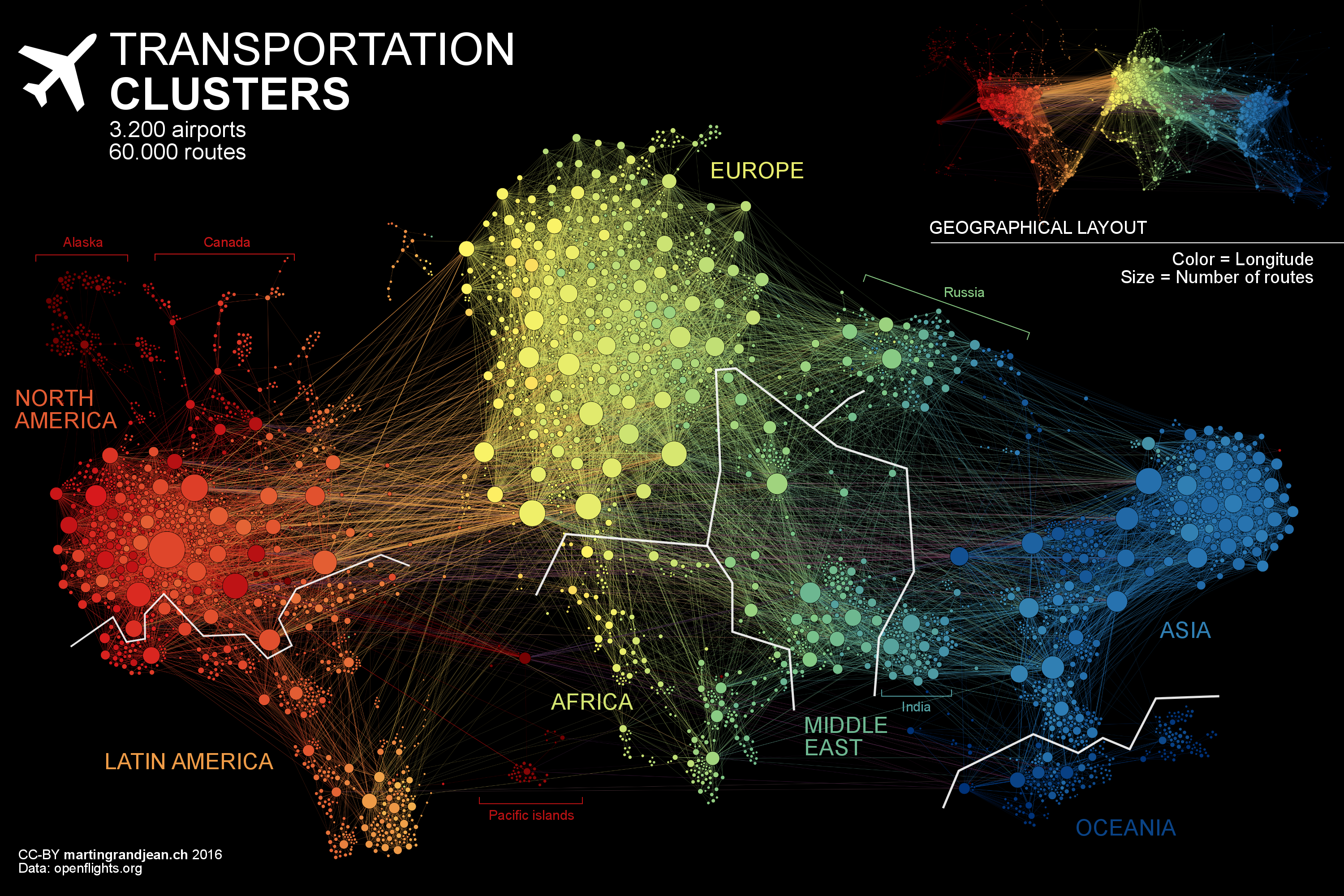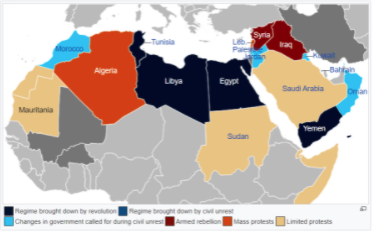9.1 Advances in Technology and Exchange after 1900
5 min read•june 18, 2024
Natalie Pineda
Harrison Burnside
dylan_black_2025
AP World History: Modern 🌍
577 resourcesSee Units
Introduction
Communication technology and globalization are closely intertwined phenomena that have revolutionized the way we live and interact with one another. The rapid advances in communication technology in recent decades have facilitated the spread of ideas, products, and practices around the globe, leading to a greater interconnectedness of people and societies.
Globalization, in turn, has been driven by advances in communication technology, which have allowed for the rapid exchange of information and ideas across borders. In this study guide, we will explore the ways in which communication technology has shaped and been shaped by globalization, and consider the various impacts of these processes on individuals and societies. We will examine the role of communication technology in facilitating economic, cultural, and political exchange, as well as the potential drawbacks and challenges that have arisen as a result.
This study guide aims to provide a comprehensive introduction to the interplay between communication technology and globalization. We will explore the ways in which these phenomena have shaped and been shaped by one another, and consider the various impacts on individuals and societies. Through an in-depth analysis of the relationship between communication technology and globalization, we will gain a deeper understanding of these complex and dynamic processes.
Communication Technology
We defined globalization in very dictionary-like terms in the overview, but let’s zoom in on a more informal scale of what globalization is! Globalization, today, makes the world feel smaller than it did in 1900. Communication technology that makes it possible to talk to people from all sorts of backgrounds and ethnicities and cultures has made the biggest impact on this.
One of the major technological advancements that we’ve experienced since 1900 is definitely the cellular phone📱With my cell phone, I can call, text, and facetime people that live halfway across the world, over 10,000 miles away. Before we got to the iPhone XR, we went through innovations like the telegraph and landline phones that didn’t allow for as much connection or global communication as today.
If you go ask your parents right now, they’ll probably be able to tell you about how it used to be $10 more to make an international phone call on their wired landline phone just a couple decades ago. That charge on their phone bills made globalization much harder, since it cost money to be able to talk to people of different nationalities that live far away! With new technology, the process of globalization has become easier than ever before.
Travel Technology
Just as cell phones, email, and the internet have aided in our ability to communicate with one another even across the globe, new travel technologies developed during the twentieth century allowed people to travel across the world with ease. The most notable example of this is the example of the airplane in the early 20th century. By the mid-20th century air travel was by far the most popular and easy way of traveling across continents. While before one needed a boat to get from Europe to America and it took weeks, it now was achievable in a matter of hours.
The following map shows how air travel has revolutionized global travel:

Social Media

This map from Wikipedia shows the changes brought by the Arab Spring.
Wait . . . why is this under the social media section? 🤔
It’s a really cool reason! Many protesters used their phones to record what was happening live in the Middle East and broadcasted it on platforms like Facebook for people around the world to watch and experience what was happening. During the Bahraini Arab Spring, it’s estimated that the social media usage more than doubled. In Egypt, almost all of the protests were organized by groups using Facebook and Twitter to gather people and information. The New York Times wrote a piece in 2012 about how “the Facebook Generation'' helped to lead the movement, starting with an accidental rallying group that grew from 300 to 250,000 in just a couple of months.
Even beyond the Arab Spring, with the growth of platforms like Twitter and Instagram in the past decade, many new movements, like the Black Lives Matter Organization, have set up rallies, protests, and other events to protest social injustices ✊🏽
Agricultural Technology
In the mid-1900s, a guy named Norman Bourlag helped to pioneer an agricultural revolution in Mexico. This agricultural revolution was dubbed the Green Revolution by the USAID, as it helped promote better methods of agriculture.
The Green Revolution helped introduce:
- new synthetic fertilizers, especially nitrogen-based fertilizers
- new irrigation methods
- new types of high-yield crops
High-yield strains of crops allowed for less land to be used for agriculture while producing more output, commonly known as GMOs. These high-yield crops were first used in mainly India and Mexico for types of rice, wheat, and other diet staple grain crops.
While questions were raised about human health and environmental hazards with these new technologies in agriculture, the innovations were largely a success and diffused rapidly across the globe. The diffusion of these crops helped to even fight hunger and drought in the African continent, which started to experience rapid population growth during this time period.
For his work in developing these agricultural innovations, Norman Bourlag was named “the Father of the Green Revolution” and even won a Nobel Peace Prize in 1970 for his work 🥇
Biotechnology
In the next key topic, 9.2: Technological Advances and Limitations after 1900: Disease, we’ll go more in depth into the changes that have taken place to combat diseases and illnesses across the globe. In this section, we’ll discuss some of the more major technological advancements in medicine, as opposed to our focus of the Human-Environment Interaction (HEI) with diseases in the next section! Remember to keep the SPICE-T topics that we discussed in the 9.0: Overview in mind.
Women’s Health
Even just in the 21st century, the healthcare industry has made great strides in the technology to affect reproductive health. Contraception is now widely available in the More Developed Countries (MDCs) and even available through many NGOs (Non-Governmental Organizations) in the Lesser Developed Countries (LDCs). With the greater availability of birth control in the modern world, this brings positive and negative consequences. Many of the positive consequences are focused on in textbooks and are easier to remember, so let’s focus on the negatives ones here.
Culturally, many organizations and groups, like the Evangelical Right in the USA, are strongly opposed to modern birth control methods, including oral contraception and abortion.
Another negative impact for the growth of the human population is that increased access to contraception leads to a decrease in Total Fertility Rate (TFR) in almost all MDCs. In countries like Germany, with wide access to sexual education and contraception in all forms, we are actually seeing a decrease in the total population and in the Natural Increase Rate (NIR). This will most likely lead to a lower population in total on the Earth and the decline of the human race if more countries start to follow this trend.
Browse Study Guides By Unit
🐎Unit 1 – The Global Tapestry, 1200-1450
🐫Unit 2 – Networks of Exchange, 1200-1450
🕌Unit 3 – Land-Based Empires, 1450-1750
🍕Unit 4 – Transoceanic Interactions, 1450-1750
✊🏽Unit 5 – Revolutions, 1750-1900
🚂Unit 6 – Consequences of Industrialization, 1750-1900
💣Unit 7 – Global Conflict, 1900-Present
🥶Unit 8 – Cold War & Decolonization, 1900-Present
✈️Unit 9 – Globalization, 1900-Present
✏️Frequently Asked Questions
🤔Exam Skills
👉🏼Subject Guides
📝AMSCO Notes

Fiveable
Resources
© 2025 Fiveable Inc. All rights reserved.